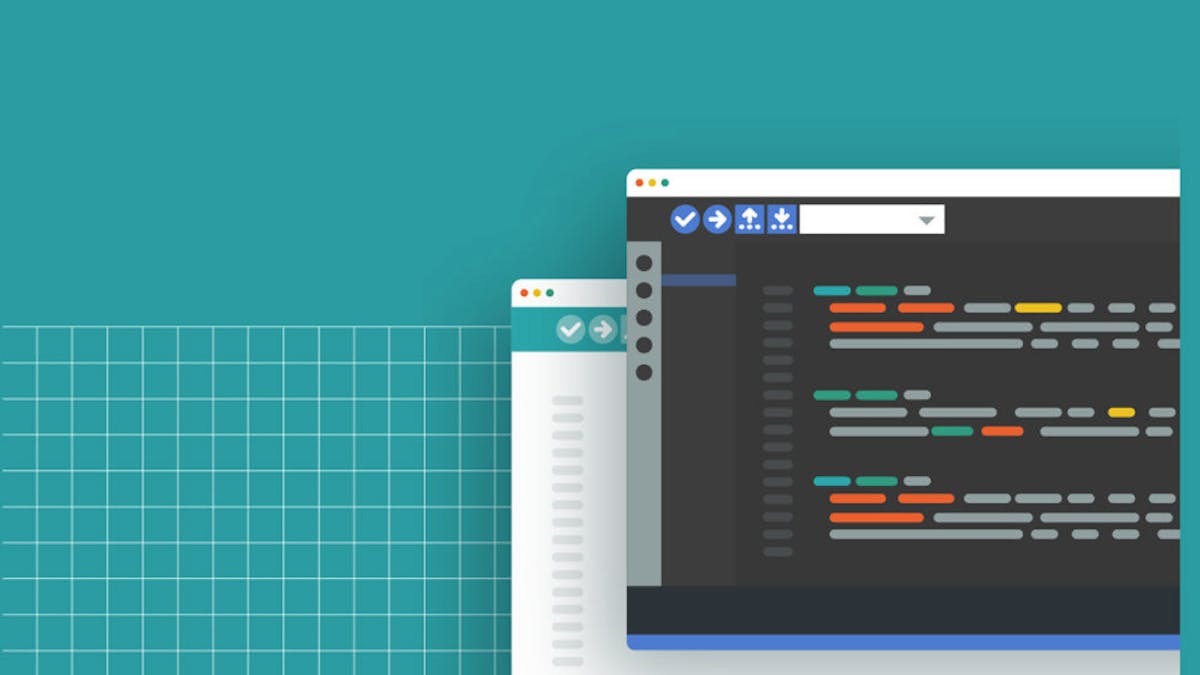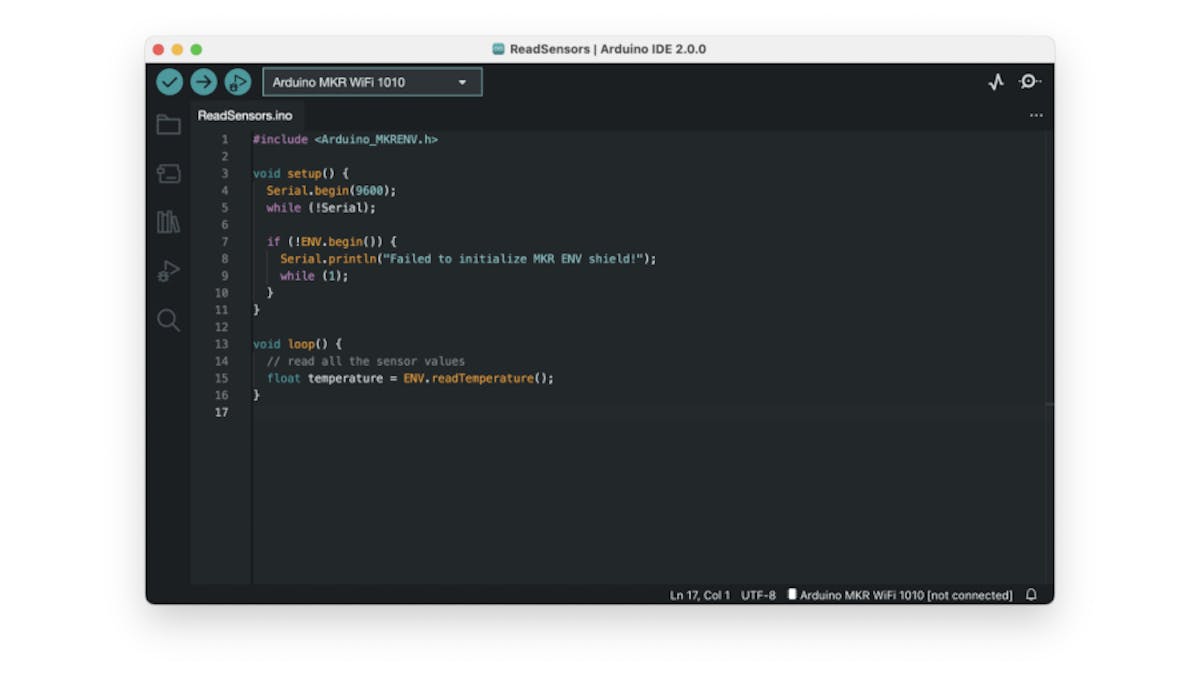Arduino IDE 2.0 Leaves Beta, Brings Shiny New Features to the Masses as the Default IDE
Following a range of tweaks based on beta feedback, the Eclipse-based Arduino IDE 2.0 is ready for primetime — replacing the "legacy" IDE.

The Arduino team has officially declared the Arduino IDE 2.0 integrated development environment ready for primetime use, moving it from beta to general release — effectively ending the era of the classic Arduino IDE.
"Since the launch of the Beta version [of Arduino IDE 2.0] back in Spring 2021, the feedback received from the active Arduino community has enabled us to focus on what's meaningful to the widest user-base," the Arduino team claims. "It carries a modern editor and provides a better overall user experience thanks to a responsive interface and faster compilation time."

Arduino opened the second-generation IDE to the public around two years ago, building atop work it had carried out on updating its tooling under the Arduino Pro banner. Based on Eclipse Theia, the same integrated development framework chosen to power Arm's Mbed Studio, Arduino IDE 2.0 promised a considerably more modern, flexible, and powerful development environment than its predecessor.
Among the features the stable release brings to the table are a revised user interface, autocomplete during coding, navigation shortcuts, the ability to quickly switch to and from a dark mode theme, integrated support for storing sketches in the Arduino Cloud where they can also be tweaked in the Arduino Web Editor, and the ability to run the revamped serial plotter alongside the serial monitor.
A big shift towards better usability comes with integrated update capabilities: in addition to the cores and libraries being able to receive updates without leaving the IDE, Arduino IDE 2.0 can check for, download, and install updates to the IDE itself — without having to manually open a web browser and download the latest installer.

"The enormous amount of user feedback allowed us to identify the weakest spots such as code assist and completion, serial output, loading and compilation time. We made it all better now," the Arduino team claims. "A special mention goes out to Paul Stoffregen who has provided enormous feedback to the IDE development team and been actively developing the initial support for advanced third-party platforms such as Teensy for IDE 2.0 (currently experimental)."
The stable Arduino IDE 2.0.0 release is now available on the official website for Windows, Linux on AMD64 systems, and macOS; the older Arduino IDE has been moved down the page under "Legacy IDE." The IDE's source code, meanwhile, is available on GitHub under the reciprocal GNU Affero General Public License 3.
Freelance journalist, technical author, hacker, tinkerer, erstwhile sysadmin. For hire: freelance@halfacree.co.uk.

